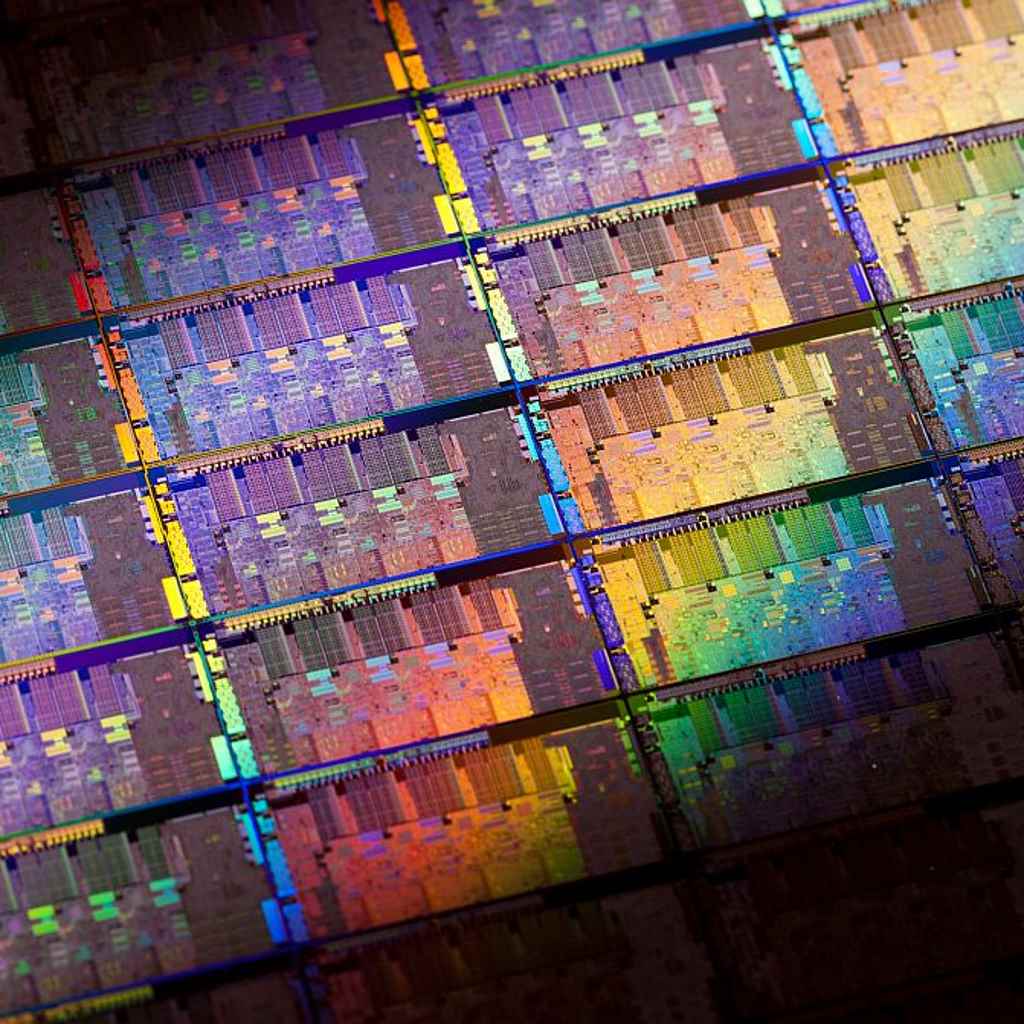Just as more and more articles proclaim the end of Moore’s Law and applicable quantum computers still seem far away, new developments using Chaos Theory could help to keep up the doubling of computation power every 2 years, proclaimed by Gordon Moore 50 years ago.
Researchers at North Caroline State university developed new non-linear, chaos-based integrated circuits that are able to perform multifple functions with fewer transistors.

The lead author of the paper Behnam Kia says:
“We propose utilizing chaos theory – the system’s own nonlinearity – to enable transistor circuits to be programmed to perform different tasks. A very simple nonlinear transistor circuit contains very rich patterns. Different patterns that represent different functions coexist within the nonlinear dynamics of the system, and they are selectable. We utilize these dynamics-level behaviors to perform different processing tasks using the same circuit. As a result we can get more out of less.”
Usually each transistor-based circuit performs only one task. Processors operate by directing every instruction to the proper transistor circuit on the integrated circuit that implements that particular instruction.
In Behnam Kia’s design, the transistor circuit can be programmed to execute distinctive instructions by morphing between various operations and functions.
“In current processors you don’t utilize all the circuitry on the processor all the time, which is wasteful,” Kia says. “Our design allows the circuit to be rapidly morphed and reconfigured to perform a desired digital function in each clock cycle. The heart of the design is an analog nonlinear circuit, but the interface is fully digital, enabling the circuit to operate as a fully morphable digital circuit that can be easily connected to the other digital systems.”
The researchers say:
“The potential of 100 morphable nonlinear chaos-based circuits doing work equivalent to 100 thousand circuits, or of 100 million transistors doing work equivalent to three billion transistors holds promise for extending Moore’s law – not through doubling the number of transistors every two years but through increasing what transistors are capable of when combined in nonlinear and chaotic circuits.”
The new design is compatible with existing technology and uses the same fabrication process as existing computer chips. This could help significantly with commercial adoption.
We are nearing commercial size and power and ease of programming in our evolving designs that could well be of significant commercial relevance within a few months with our three month design/fabrication cycle of improvements and implementations
The full paper can be viewed here


